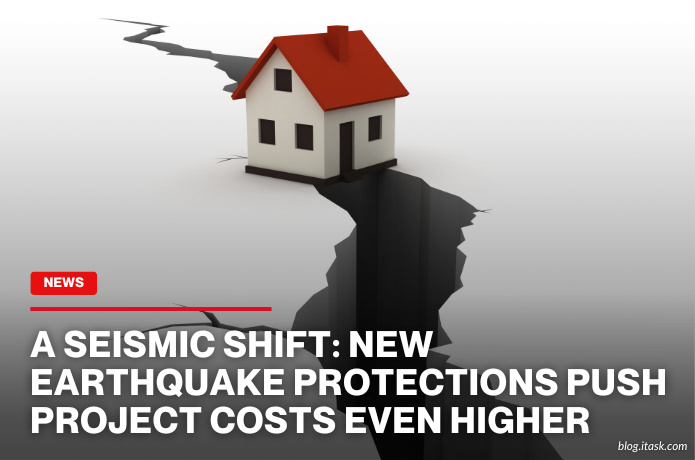A Seismic Shift: New Earthquake Protections Push Project Costs Even Higher
A Seismic Shift: New Earthquake Protections Push Project Costs Even Higher

Builders in British Columbia are facing increased costs due to new earthquake safety rules. The updated BC Building Code, effective March 10, 2025, requires stronger structures, especially for six-storey wood-frame apartments and buildings in areas like Victoria with vulnerable soil. These changes aim to improve safety but are adding significant expenses to construction projects.
A report for the province estimates that the seismic components alone could cost up to 80% more. Overall, costs may rise by 21% for six-storey wood-frame buildings and 16% for 20-storey concrete towers built on the most earthquake-prone soils. This is due to requirements like thicker walls and more bracing.
Developers are concerned about these rising costs. Adam Cooper from Abstract Developments in Victoria said that an extra $5 million for a six-storey building makes some projects unfeasible. Evan Allegretto of Intracorp noted that in areas like the Fraser Valley, housing costs could increase by over 10% due to the new rules.
The changes are based on national studies indicating higher earthquake risks in parts of BC. However, some developers argue that Victoria has been unfairly categorized with areas having poorer soil conditions. They believe this has led to stricter requirements than necessary for their region.
While the new rules focus on new constructions, existing buildings are not required to upgrade. Some experts suggest that improving older buildings might be more effective for overall safety. They argue that focusing solely on new projects may not address the broader risks. citeturn0search0
As BC continues to address housing needs and safety concerns, the construction industry must adapt to these changes. Balancing safety improvements with affordability remains a significant challenge for builders and policymakers alike.
